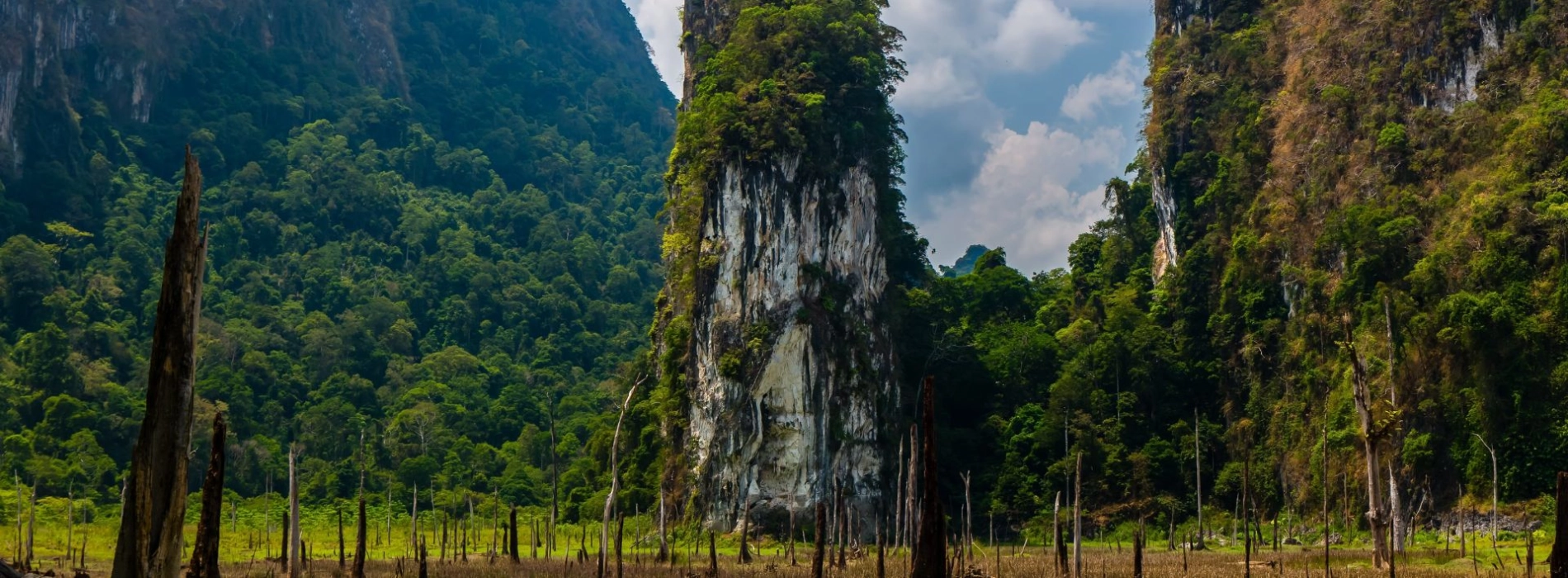
Trekking in Thailand's breathtaking landscapes is one of the most rewarding and immersive ways to experience Thailand's natural beauty and rich culture. To help you make the most of your trek, we've put together this definitive Thailand Trekking Tours Guide. So come with Asia King Travel to have memorable experiences about Trekking in Thailand.
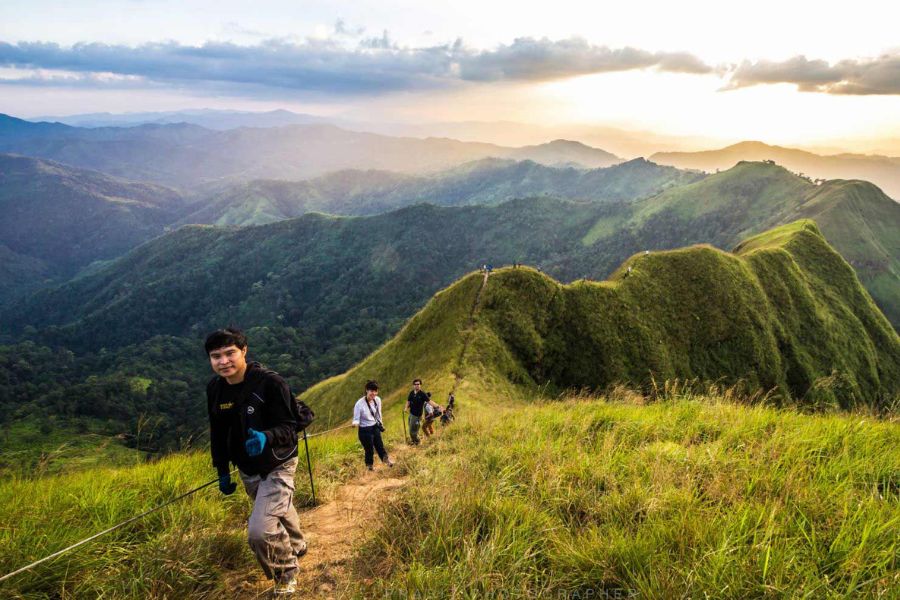
Trekking in Thailand
Thailand is a trekker's paradise. With a range of landscapes, an abundance of biodiversity, and the hospitality of its people, Thailand has a trekking experience like no other in Southeast Asia. Northern Thailand is like heaven for hikers with their mist-shrouded mountains, rainforests, rice terraces, and idyllic hill tribe villages that have been left untouched by time.
One of Thailand's greatest strengths as a trekking destination is its accessibility. If you're based in Chiang Mai, Pai, or Chiang Rai, you'll find all levels of Thailand trekking tours from inexperienced to seasoned hiker and experienced explorer. From half-day treks through bamboo forests to several days of hiking with overnight stays within tribal villages, there's something for everyone.
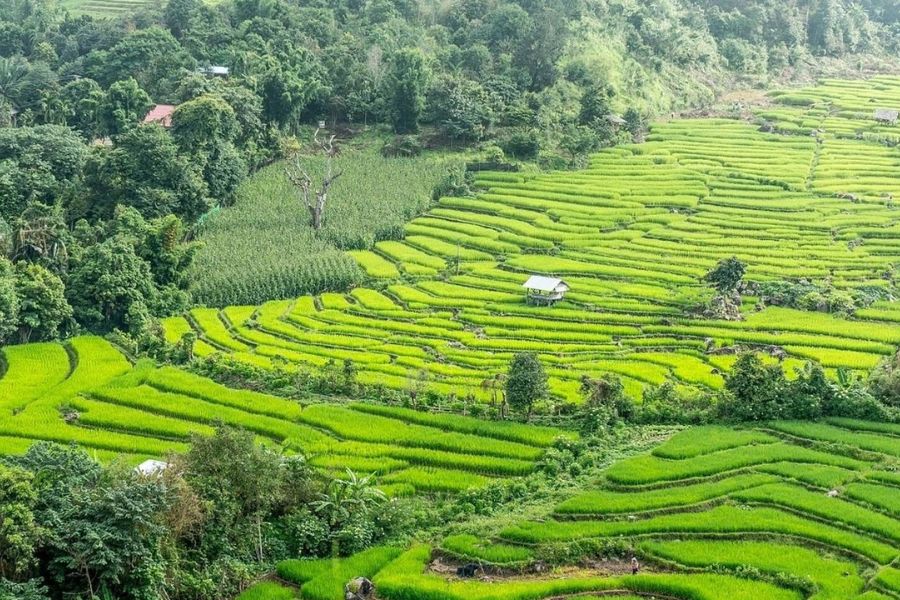
Thailand is a perfect destination for trekking
Research Your Trekking Route and Choose Wisely
Before embarking on your Thailand trekking tours, it's important to research well in advance your chosen route. Thailand trekking tours offers a vast range of trails, from gentle half-day strolls for novices to multi-day mountain or jungle treks. For example, the Pai and Chiang Mai trails are popular with tourists because they are easy to reach and offer breathtaking scenery, whereas more challenging routes at Doi Inthanon or Mae Hong Son offer scenery and contact with hill tribes.
Consider your fitness level, experience, and time available. Consider the distance, height, weather, and intensity level. Read reviews or travel blog posts of other visitors, and refer to maps to learn about the topography. Some trails can have river crossing, steep climbs, or dense forests, and therefore getting information will enable you to make preparations for the same in advance.
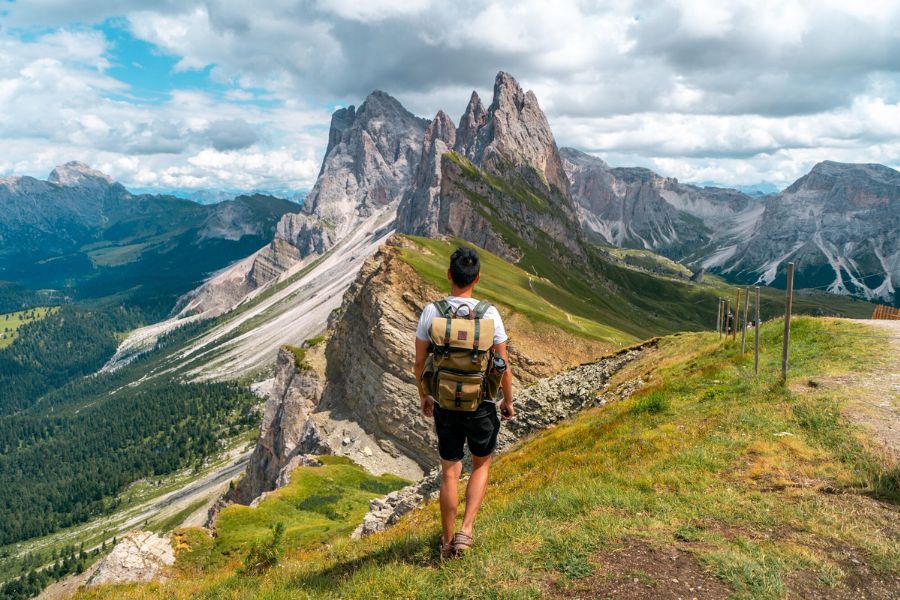
Research your trekking route
Pack Light but Smart
When preparing for trekking tours in Thailand, packing light is key, but it’s equally important to pack smart. You’ll likely be walking for several hours each day, sometimes in hot and humid conditions or through rugged terrain. A heavy backpack can quickly become a burden and drain your energy, so choose essential items carefully.
Start with wicking garments, a rain jacket, and hiking shoes that breathe. Add a refillable water bottle or hydration pack, sun screen, insect repellent, and a hat. Remember to pack a headlamp, small first-aid kit, minimal toiletries, and snacks like energy bars or dried fruit. A quick-dry towel and flip-flops might come in handy when taking overnight rests in countryside villages.
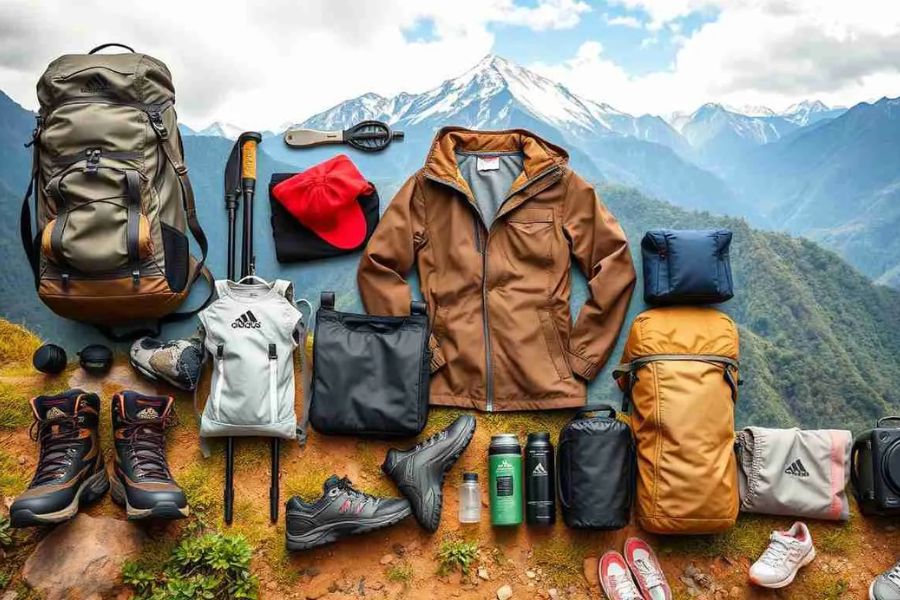
Pack light for your adventures
Read more: Chiang Mai Trekking Tour 7 days: Chiang Mai Adventure
Respect Local Cultures and Hill Tribes
Some of the most fulfilling moments of trekking tours in Thailand involve visiting the remote villages of native hill tribes such as the Karen, Hmong, Akha, or Lahu. These villages offer a window into Thailand's cultural diversity like no other, but it's best done with respect and sensitivity.
Always ask before taking pictures of people or their homes, and take some time to learn a few basic greetings or polite phrases in the local language. Being modest about your clothing, especially in smaller villages or conservative cultures, is also very respectful. Covering your knees and shoulders in most villages is appreciated, even when it's really hot.
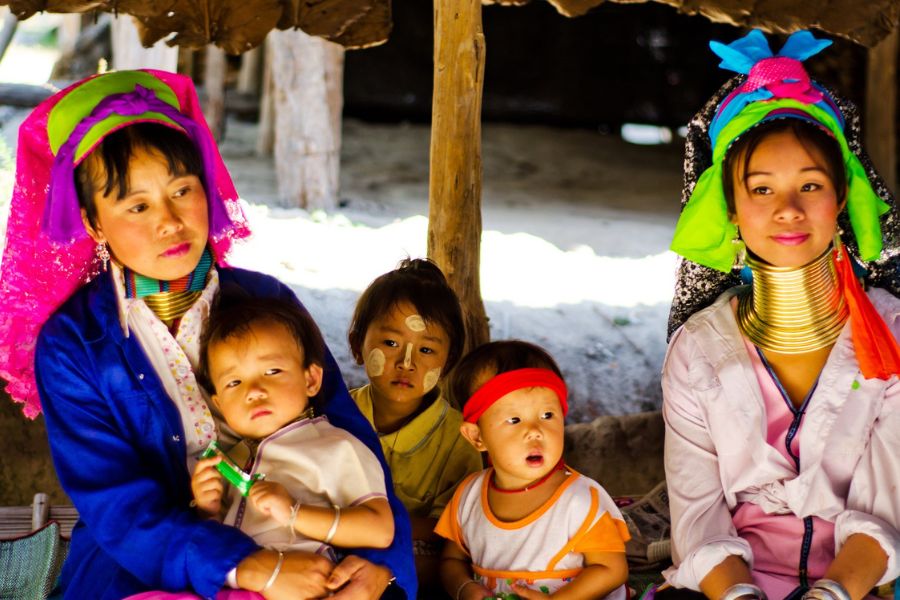
Thai Hill Tribes
Be thoughtful about your behavior: avoid making loud noises, follow the advice of your guide, and never give children money or sweets, as it creates dependency. Being culturally sensitive promotes cross-cultural understanding and makes tourism contribute positively to the lives of local people you meet in your tour.
Stay Hydrated and Mind Your Nutrition
Tropical Thai weather will leave you sweating more than you can imagine while trekking, especially between the hotter months (March-May). You must stay hydrated, both for comfort and safety reasons. Dehydration can drain your energy quickly, numb your senses, and turn a good hike into a horrible one. Bring along a refillable water bottle or water system and refill it whenever you can.
Many trekking operators provide filtered or bottled water along the way. Supplement hydration with electrolyte packets to replace lost salts, particularly on longer treks. By maintaining hydration and nutrition, you’ll be able to fully enjoy the stunning scenery and avoid fatigue, dizziness, or more serious health issues on the trail.

Stay hydrated is important
Hire a Local Guide
Hiring a local guide for your Thailand trekking tours is not merely a matter of security, it is the best way to gain a deeper insight into the country, the people, and the culture. Local guides possess intimate acquaintance with the topography, climatic trends, and hidden wonders that would otherwise remain unobserved for visitors. They know the flora and fauna in the region, relate cultural customs, and help to facilitate communication among local folks.
A guide further ensures your safety by not allowing you to follow incorrect routes and enter danger areas. Jungle or mountain trails are sometimes unclear or marked. In rural regions, rescue will not be in time if you get lost or injured.
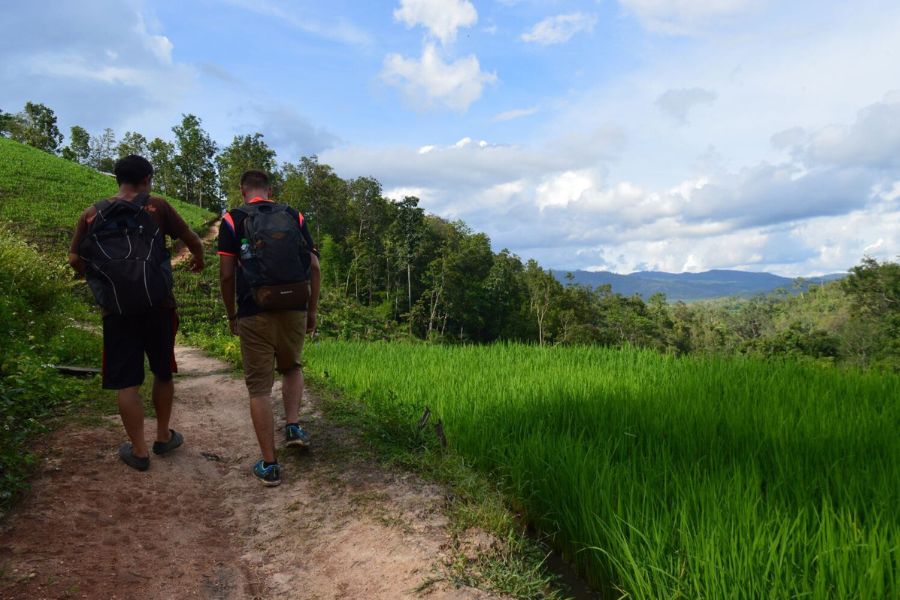
Local guide for your trekking tours
Underestimate the Weather
The Thai weather is unpredictable, and the majority of first-time trekkers underestimate how much it can affect their trekking adventure. The country has three main seasons: hot, rainy, and cool. All of them bring different challenges, especially in the northern regions of the country where most treks occur.
The trails become muddy, slippery, and difficult to walk upon from the rainy months (May to October). The torrential rains can occur unexpectedly. Rivers swell, increasing the risk of river crossing. Even in the winter (from November to February), the mornings and evenings can be very chilly in the mountains. Meanwhile, the hot season can cause heat exhaustion or sunburn if you’re not properly prepared.
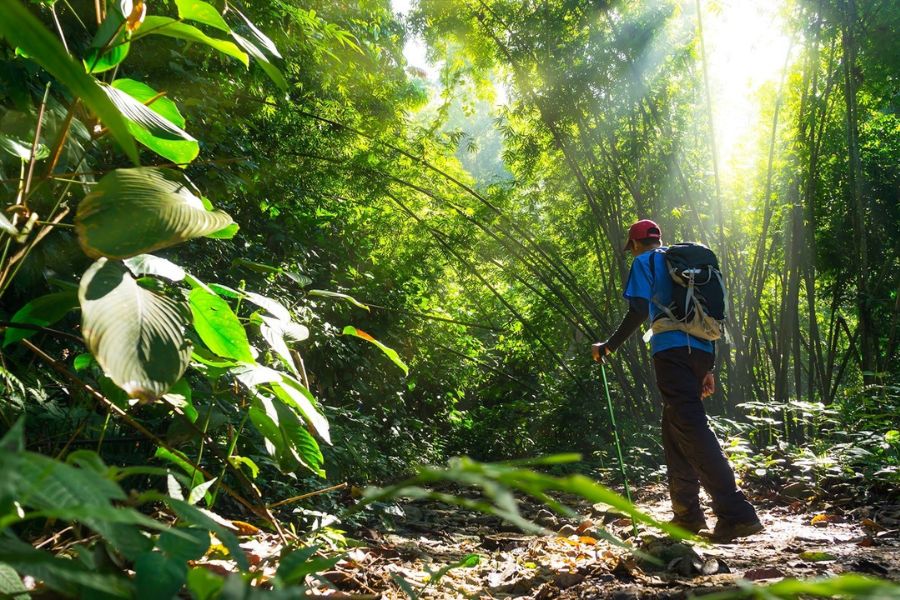
Weather in Thailand is perfect for trekking
Disrespect Nature or Leave Trash Behind
Thailand's natural beauty is breathtaking, but fragile. Maybe the biggest mistake that amateur trekkers make is removing garbage, disturbing animals, or damaging vegetation. These behaviors are not just harmful to nature but also ruin other people's experiences and disturb regional ecosystems.
Follow the "Leave No Trace" principle. Carry a light pack to take away all your trash, including biodegradable items like fruit peelings, which can take a long time to decompose in jungle weather. Avoid single-use plastics, and use reusable containers wherever feasible.
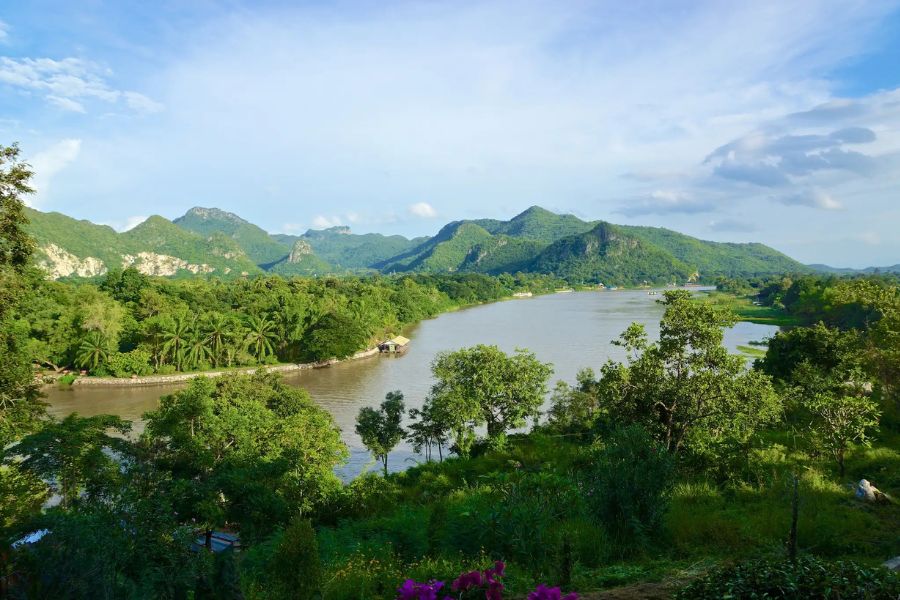
Don’t disrespect the nature in Thailand
Don't touch or disturb wildlife, and don't pick flowers or plants. You are a guest in nature's house. Just remain on trails so that you don't cause erosion of the soil and leave as small an imprint as possible. If you find streams or rivers, don't contaminate them with chemicals or soap.
Read more: North Thailand Trekking Tour 5 days: Chiang Mai - Mae Hong Son
Trek Without Proper Footwear
While it may be tempting to wear sport sandals or loose shoes on a short hike, inadequate footwear is one of the most common and costly mistakes made by first-time trekkers. Thai trekking trails can be bouldery, muddy, sloped, and uneven, especially after rainfalls. Hiking shoes or boots that offer adequate ankle support and traction are needed. They protect your feet from thorns and rocks, are blister prevention, and offer stability on rugged ground.
Never hike in new boots in and break them in for at least a few hikes before a trip to get comfortable and a proper fit. Wet socks or ill-fitting footwear can mean an excellent adventure is reduced to an agonizing trudge. It's worth carrying moisture-wicking socks and a spare pair just in case of river crossings or unforeseen rain. Foot injuries are not just uncomfortable, but may cut your trek short or necessitate medical attention in remote areas.
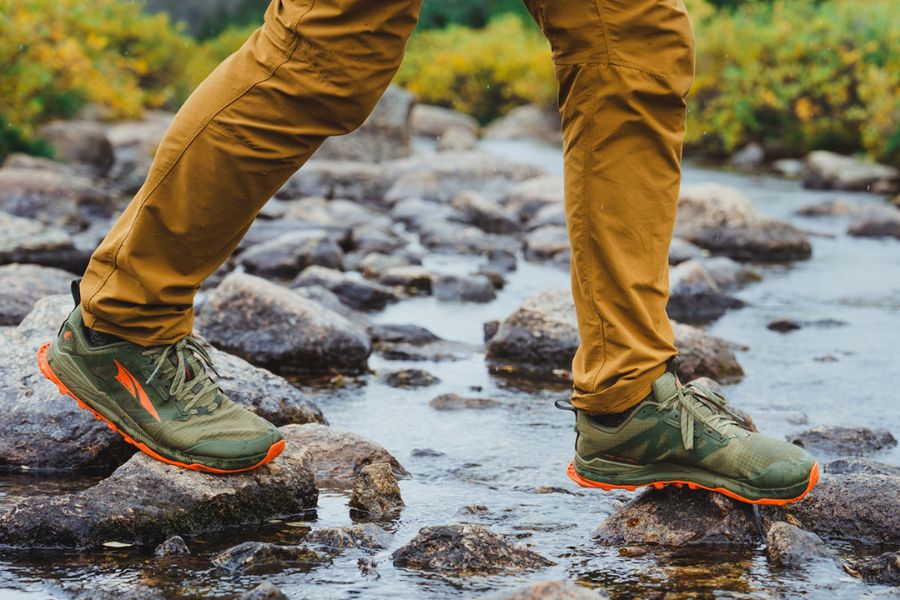
Best shoes for trekking
Ignore Travel Insurance
Trekking in Thailand is an apparently safe sport, especially when compared with hazardous sports, but accidents can be unexpected. Slipping and falling, sprains, bug bites, or sudden illness are all possible, especially in remote areas where medical attention may not be readily accessible.
Travel insurance with coverage for trekking and medical evacuation is a necessity. Don't rely on your regular policy having adventure activity coverage; read the fine print and add on if required. A few insurance companies exclude treks beyond specific altitudes or treks not with a licensed guide.

Travel Insurance
Having proper insurance makes you feel secure and ensures you can get the help you need without having to shell out lots of money out of pocket. It's also handy when your gear is stolen or lost, or weather forces you to reschedule.
Be Disrespectful Toward Local Customs
All Thai provinces have their religious traditions, beliefs, and social mores. You are presented with unique cultural environments while trekking through villages and tension or annoying your hosts is possible through insolence on purpose or by mistake.
Prevent boisterous or bragging attitudes, and remain reserved in demonstrating affection publicly. Do not enter homes or religious sites without being invited. Take off shoes before entering individuals' homes, and never point feet at individuals or at religious objects. Do not touch people's heads as it is the holiest part of the body in Thailand.

Have respect for local customs
Trekking in Thailand is more than just a physical journey, it's a chance to connect deeply with nature, local cultures, and yourself. By following these dos and don’ts, you’ll ensure a smoother, safer, and more respectful trek through Thailand’s extraordinary landscapes. For those who want to take the guesswork out of planning and enjoy a seamless, culturally rich trekking experience, Asia King Travel is here to help.
Read more: Best attractions for Northern Thailand 5-day trekking tour